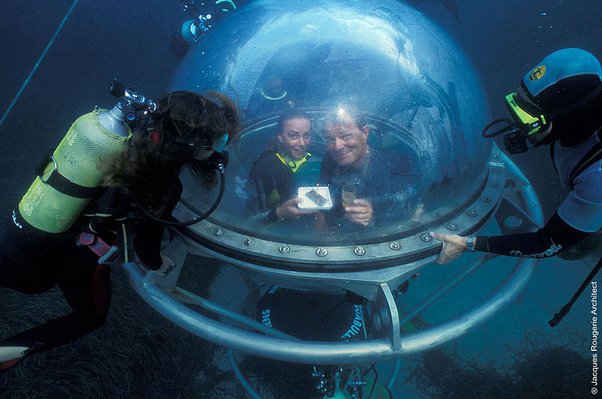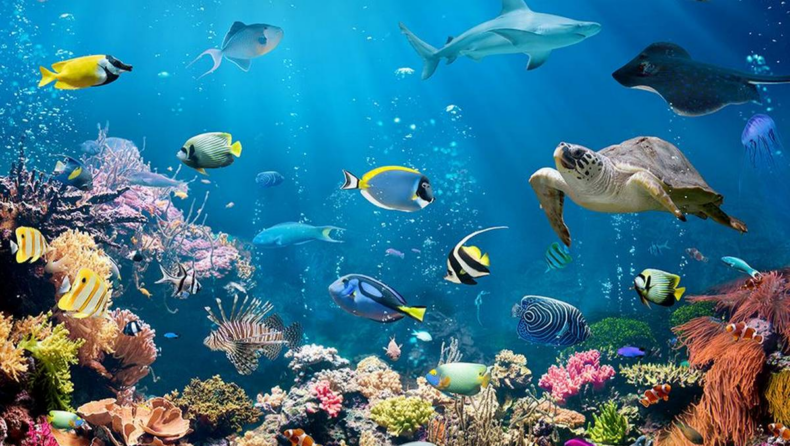India is all set to undertake the mega ocean project titled ‘Samudrayaan’. Now, India is among the nations involved in uncovering the mysteries beneath deep oceans. So, The country has a goal to send a team of experts on a mission 6,000 meters deep in Ocean. They will be tasked to execute multiple deep underwater studies. Also, they would travel down in the manned submersible vehicle ‘MATSYA 6000‘.

The purpose of Samudrayaan
The mission will be carried out to develop a self-propelled manned submersible that would take 3 human beings deep in Ocean. They will be accompanied with a suite of scientific sensors with several other tools in the duty to explore the deep oceans on earth. Moreover, the vehicle has an endurance of 12 hours of operational time. At the same time, for emergency purposes it has 96 hours of endurance.
The focus of the mission is development of a Deep sea technology. So, the mission includes developing manned Submersibles to reach depths of 6,000 meters. It will have technology to carry out deep-sea mining, exploring deep-sea mineral resources, and marine biodiversity.

The Significance of exploring deep Oceans
It is a well-known fact that oceans cover 70% of the earth’s surface. At the same time, 95% of oceans are unexplored and India is surrounded by water on 3 sides. A large chunk of its population lives near the coastal area and their life is dependent on that sea and oceans. Those areas contribute to India’s fisheries and aquaculture, tourism, livelihoods, and blue trade. Now, the government of India aims to reach new Heights by boosting blue economy.
The Matsya 6000
A preliminary design for the manned submersible is ready. It has been titled Matsya 6000 and is manned indigenously. Consequently, several other organisations like ISRO, IITM, and DRDO roped-in to support the initiative. The vehicle will enable the Ministry of Earth Sciences (MoES) in executing deep ocean exploration.
Summing up,
India is all set to join the elite club of nations like US, Russia, Japan, France and China by sending humans 6,000 meters below the ocean to know more about it.
Read More- Two European satellites will examine oceans and global warming
Read More- Acerbic Content in Arctic Ocean Endangering Aquatic Life













